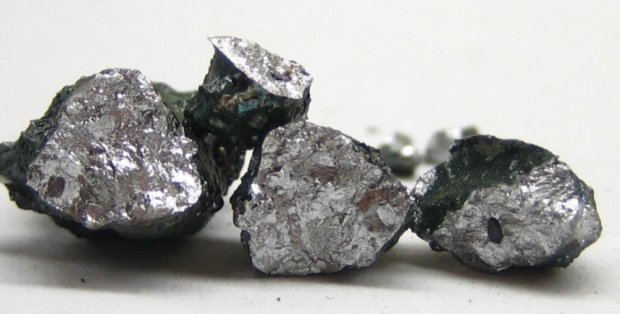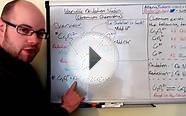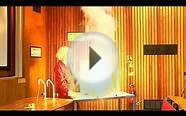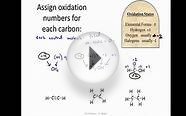
Chromium oxidation
This page looks at some aspects of chromium chemistry required for UK A level (and its equivalents). It includes: reactions of chromium(III) ions in solution (summarised from elsewhere on the site); the interconversion of the various oxidation states of chromium; the chromate(VI)-dichromate(VI) equilibrium; and the use of dichromate(VI) ions as an oxidising agent (including titrations).
The first part of this page is a summary of the reactions of chromium(III) ions in solution. You will find links to other pages where these reactions are discussed in more detail.
You are very unlikely to need everything on this page. Check your syllabus and past papers to find out exactly what you need to know.
Reactions of chromium(III) ions in solution
The simplest ion that chromium forms in solution is the hexaaquachromium(III) ion - [Cr(H2O)6]3+.
|
Note: If you aren't happy about complex ions (including the way they are bonded and named), it would pay you to follow this link and explore the first couple of pages in the complex ions menu before you go on.
Use the BACK button on your browser to return to this page. |
|
|
The acidity of the hexaaqua ions In common with the other 3+ ions, the hexaaquachromium(III) ion is fairly acidic - with a pH for typical solutions in the 2 - 3 range. The ion reacts with water molecules in the solution. A hydrogen ion is lost from one of the ligand water molecules: The complex ion is acting as an acid by donating a hydrogen ion to water molecules in the solution. The water is, of course, acting as a base by accepting the hydrogen ion. Because of the confusing presence of water from two different sources (the ligands and the solution), it is easier to simplify this: However, if you write it like this, remember that the hydrogen ion isn't just falling off the complex ion. It is being pulled off by a water molecule in the solution. Whenever you write "H+(aq)" what you really mean is a hydroxonium ion, H3O+. |
|
| Note: You will find the full reasons for the acidity of hexaaqua ions if you follow this link. You only need to read the beginning of that page which concentrates on explaining the acidity of the hexaaquairon(III) ion. What is said applies equally to the chromium-containing ion. | |
|
Ligand exchange reactions involving chloride or sulphate ions The hexaaquachromium(III) ion is a "difficult to describe" violet-blue-grey colour. However, when it is produced during a reaction in a test tube, it is often green. We nearly always describe the green ion as being Cr3+(aq) - implying the hexaaquachromium(III) ion. That's actually an over-simplification. What happens is that one or more of the ligand water molecules get replaced by a negative ion in the solution - typically sulphate or chloride. Replacement of the water by sulphate ions You can do this simply by warming some chromium(III) sulphate solution. |
|
You might also like




|
Meguiar's G3400 Brilliant Solutions Wheel Polishing Kit Automotive Parts and Accessories (Meguiar's)
|

|
Cover Your Gray Cleanse & Cover Hair Freshener (DARK BROWN) Beauty (Cover Your Gray)
|

|
Mineral Essence (me) Matte Eye Shadow - Heaven 2 gm (Compare to Bare Escentuals and Bare Minerals) Beauty (Mineral Essence)
|
|
Relumins Advance White Complete Intimate Set- Whitening Soap, Deodorant Roll-on & Whitening Intimate Cream Come with Screen Cleaning Cloth Part Number/sku:rl-triplethreat Beauty
|






